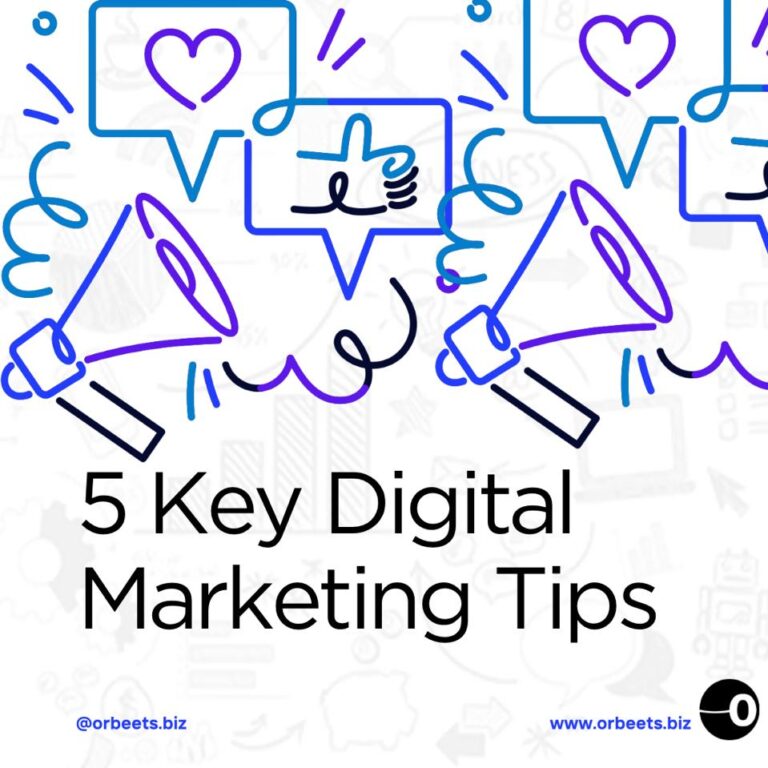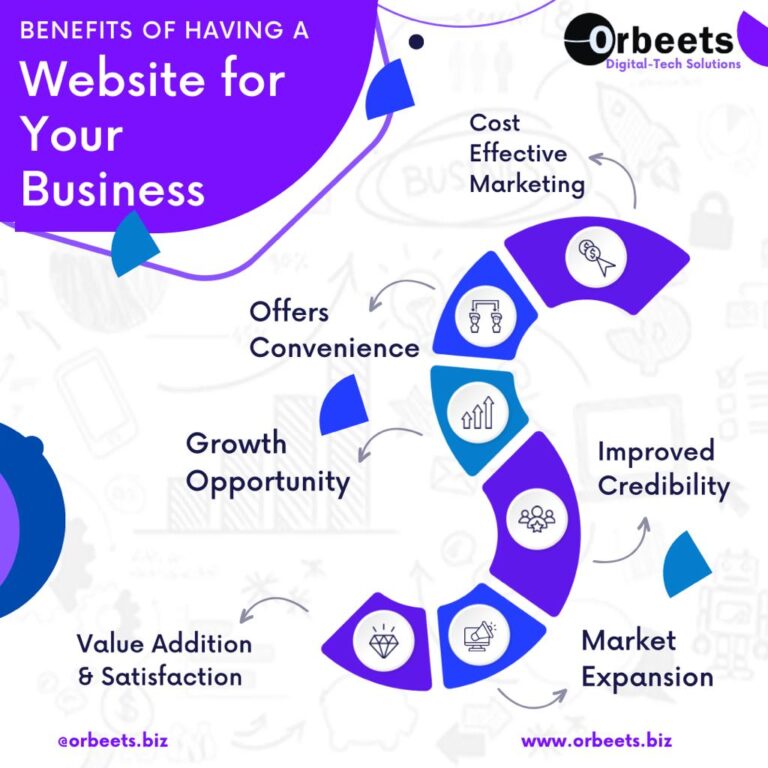
Here are Things to Consider
When building a website for your business, there are several factors to consider to ensure a successful online presence.
What is a Website?
A website is like a digital storefront. It’s a collection of web pages that contain information about a business or organization.
A website consists of web pages and related content that are identified by a common domain name and published on web servers.

Keypoints to Note Building a Website?
- Domain Name: Choose a memorable and easy-to-spell domain name that reflects your brand identity. Ensure it is simple and easy to remember so that visitors can find you without trouble.
- Purpose of Your Website: Clearly define the purpose of your website and what you want visitors to do when they come to your site. This will help you design an effective user experience that aligns with your business goals.
- Content Management System: Decide whether you will be using a content management system (CMS) to build and manage your website. A CMS can simplify the process of updating and maintaining your site.
- Website Features: Consider the features you want to include on your website, such as contact forms, e-commerce functionality, or blog sections. These features should be aligned with your business objectives and provide value to your visitors.
- Mobile Responsiveness: Ensure that your website is mobile-friendly and responsive across different devices. With the increasing use of smartphones and tablets, it’s crucial to provide a seamless browsing experience for mobile users.
- Search Engine Optimization (SEO): Optimize your website for search engines to improve its visibility and attract organic traffic. This involves using relevant keywords, meta tags, and creating high-quality content.
- Website Security: Implement security measures to protect your website from cyber threats and ensure the safety of user data. This includes using SSL certificates, regular backups, and keeping software up to date.
- User Experience (UX): Focus on creating a positive user experience by designing an intuitive navigation structure, clear call-to-action buttons, and visually appealing layouts.
- Performance Optimization: Optimize your website’s loading speed by compressing images, minifying code, and leveraging caching techniques. A fast-loading website improves user experience and reduces bounce rates.
- Analytics and Tracking: Set up analytics tools like Google Analytics to track visitor behavior, monitor website performance, and make data-driven decisions for continuous improvement.

In Conclusion
Remember, building a website is an ongoing process. Regularly update your content, monitor analytics, and adapt to changing user needs to ensure long-term success.
All of these are what contributes to having a reputable and organised online presence.
Read Our Latest Post


Key Digital Marketing Tips You Should Know

Benefits of Having a Website for your Business
Building Your Business On Orbeets
Request our website development business plan for your business on Orbeets using our business solution strategy and expertise. Enjoy the full features of a custom-built website.







